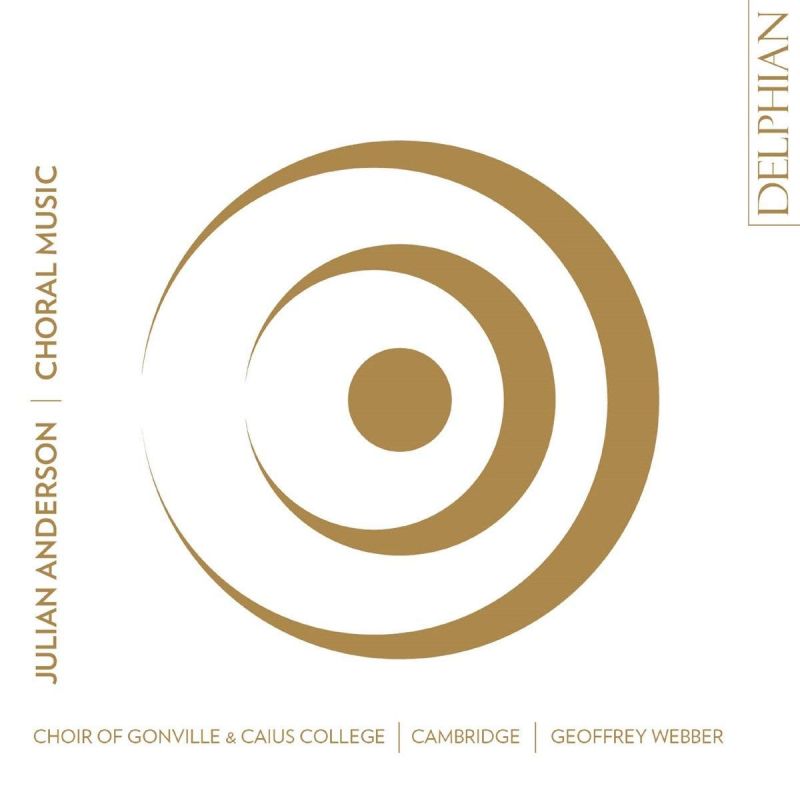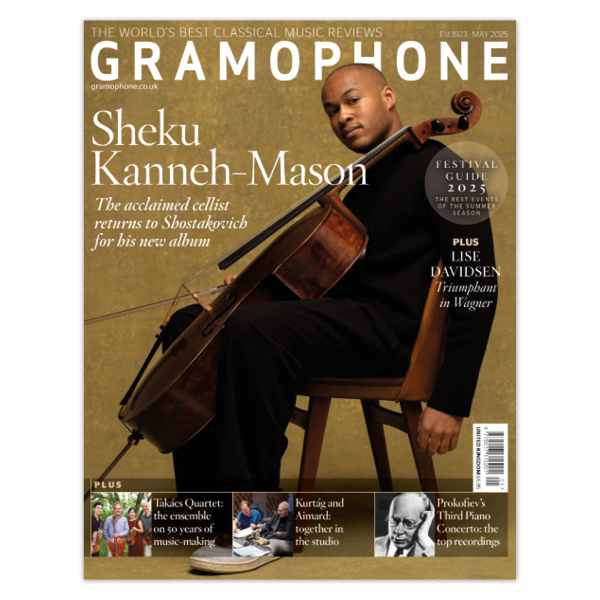J ANDERSON Choral Music
View record and artist detailsRecord and Artist Details
Composer or Director: Julian Anderson, Girolamo Frescobaldi
Genre:
Vocal
Label: Delphian
Magazine Review Date: 09/2018
Media Format: CD or Download
Media Runtime: 62
Mastering:
DDD
Catalogue Number: DCD34202

Tracks:
| Composition | Artist Credit |
|---|---|
| My beloved spake |
Julian Anderson, Composer
Geoffrey Webber, Organ Gonville and Caius College Choir, Cambridge Julian Anderson, Composer |
| Bell Mass |
Julian Anderson, Composer
Geoffrey Webber, Organ Gonville and Caius College Choir, Cambridge Julian Anderson, Composer |
| Sing, O sing unto the Lord a new song! |
Julian Anderson, Composer
Geoffrey Webber, Organ Gonville and Caius College Choir, Cambridge Julian Anderson, Composer |
| I saw Eternity |
Julian Anderson, Composer
Gonville and Caius College Choir, Cambridge Julian Anderson, Composer |
| (4) American Choruses |
Julian Anderson, Composer
Geoffrey Webber, Organ Gonville and Caius College Choir, Cambridge Julian Anderson, Composer |
| Toccata quarta |
Girolamo Frescobaldi, Composer
Geoffrey Webber, Organ Girolamo Frescobaldi, Composer |
| Nunc dimittis |
Julian Anderson, Composer
Geoffrey Webber, Organ Gonville and Caius College Choir, Cambridge Julian Anderson, Composer |
Author: Arnold Whittall
Anderson’s distinctive musical way of tempering the untroubled serenity to which true believers aspire is on full display in ‘Beautiful valley of Eden’, the second of the Four American Choruses. Aptly described by Peter Quantrill in his booklet notes as ‘a celebration of difference’, this demonstrates Anderson’s skill at loosening the kind of textural and intonational fixities found in a Byrd motet or a Bach chorale without undermining all sense of coherence in the process. Anxiety and aspiration are inseparable in the modern psyche, and Anderson shows how the upbeat sentiments essential to such texts as the Nunc dimittis (which he sets in Latin rather than the usual English) can be nuanced by a music strong in enriched consonance yet open without incongruity to harmonic and contrapuntal tensions very much of our time. This music is never more arresting than when imaginatively exploiting distinctions between the community – the choir as a collective entity – and individual solo voices, or when evoking bell-like resonance to maximum dramatic effect.
It was a shrewd idea to include one of Frescobaldi’s visionary organ toccatas before the Nunc dimittis, showing that questing technical explorations not utterly remote from Anderson’s own have a long and distinguished history.
Discover the world's largest classical music catalogue with Presto Music.

Gramophone Digital Club
- Digital Edition
- Digital Archive
- Reviews Database
- Full website access
From £8.75 / month
Subscribe
Gramophone Full Club
- Print Edition
- Digital Edition
- Digital Archive
- Reviews Database
- Full website access
From £11.00 / month
Subscribe
If you are a library, university or other organisation that would be interested in an institutional subscription to Gramophone please click here for further information.




